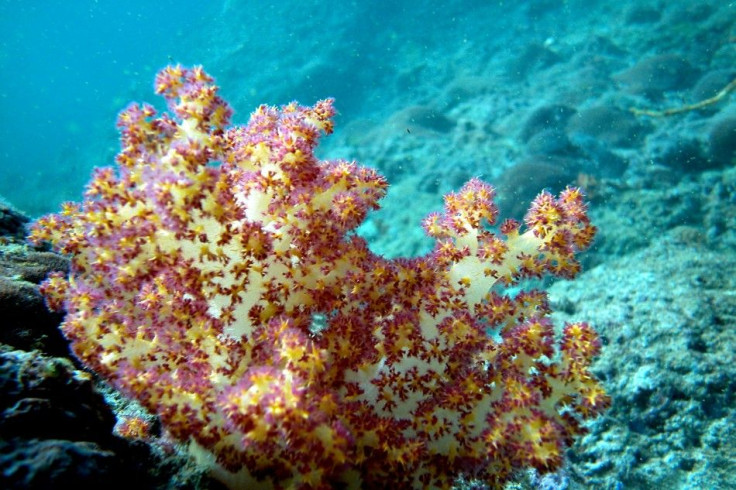Submersible robot manned by zoo visitors helps researchers unravel deep sea mysteries

Children visiting the Pittsburgh Zoo & PPG Aquarium's Open Oceans tank are now helping researchers at the Carnegie Mellon University's Robotics Institute to develop technology that could lead them to unlock the mysteries of the world's deepest reefs.
Using a submersible robot named CLEO (acronym for Children Learning through Education and Observation), the visitors not just learn about aquatic life but also help the Reefbot Project, aimed at developing and using underwater robotic technology for the purpose of ocean exploration, education, and coral reef conservation.
The Open Oceans tank houses 100,000 gallons of salt water and over 30 species of sea life. Using a remote control station, children visiting the zoo help CLEO get down and navigate the waters, so that they may track fish and click photos using the robot's high-definition video camera. The children are then encouraged to identify the type of fish photographed using reference photos.
However, in the process, CLEO himself is trained to identify characteristics or sets of attributes that it can associate with particular species. Some of these attributes may even be such as human beings would not be able to detect upon observation. David Wettergreen, associate research professor of robotics at CMU and the one who oversaw the entire project, explains in an account published by the University, It might be the size of a fin and the color of a tail that identifies one species and the pattern of stripes and the body shape that identifies another...but in fact some of the attributes CLEO learns might not be things that people would even recognize, such as ratios of properties.
The technologies being developed through this unique project would be particularly useful for scientists who may wish to study deep coral reefs that are difficult or sometimes even impossible for human divers to study in detail. They may use such software to automatically detect, classify and assess life in such habitats which are at risk of extinction because of rising ocean temperatures and changes in ocean chemistry.
The research team however clarifies that CLEO moves too slowly to pose any risk to the tank and the life therein; the navigation software is also implanted with safeguards that will prevent the robot from getting caught in any crevices, caves or obstructions under water.
The Reefbot exhibit was funded by Spark - a program of The Sprout Fund, a nonprofit organization that supports innovative ideas and grassroots community projects in Pittsburgh.
© Copyright IBTimes 2024. All rights reserved.





















